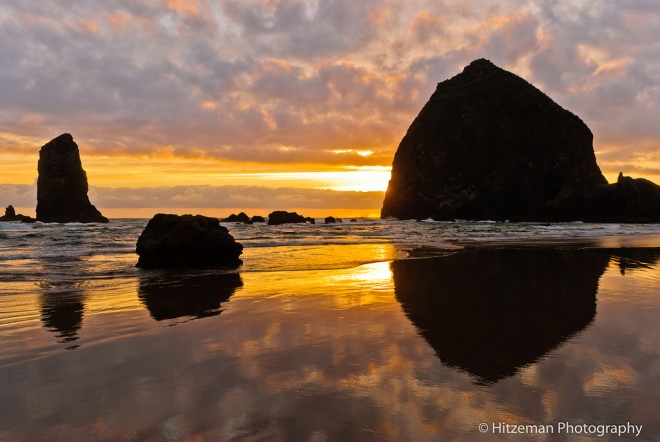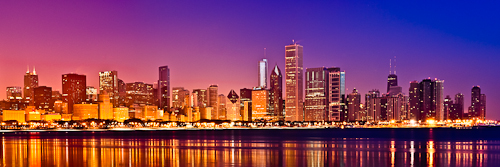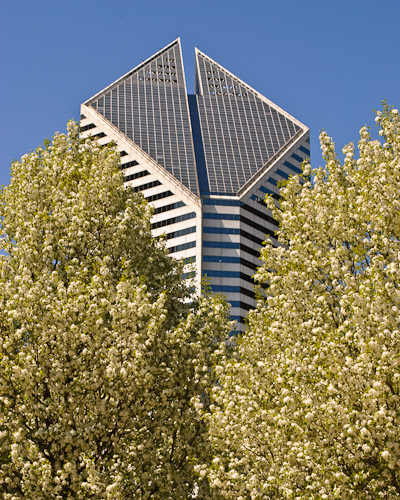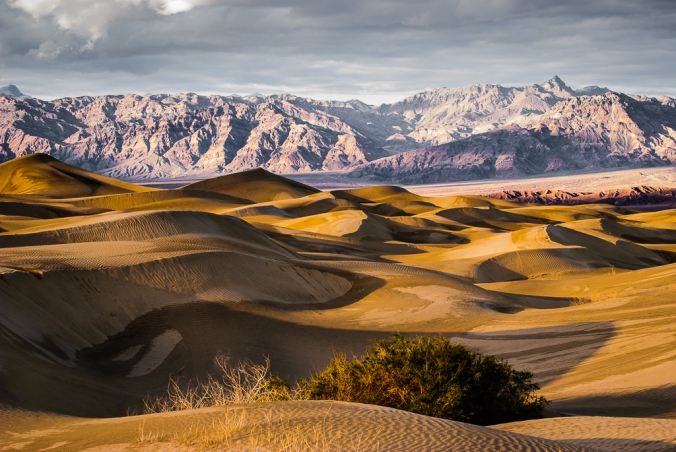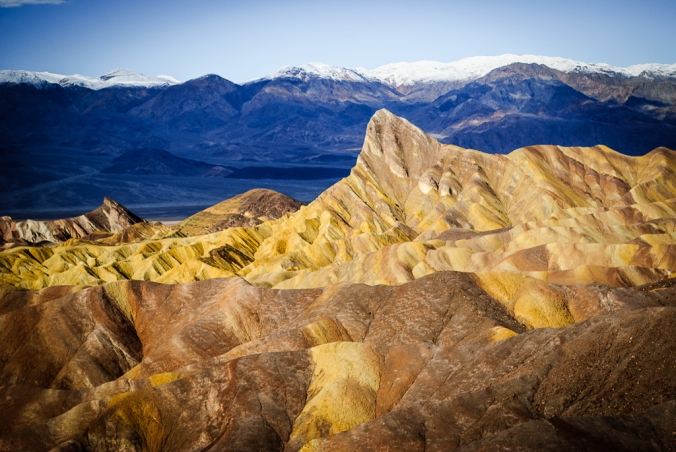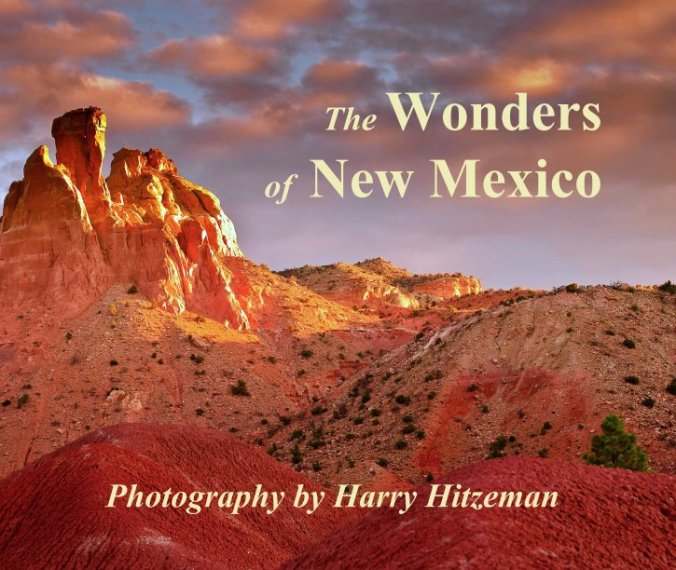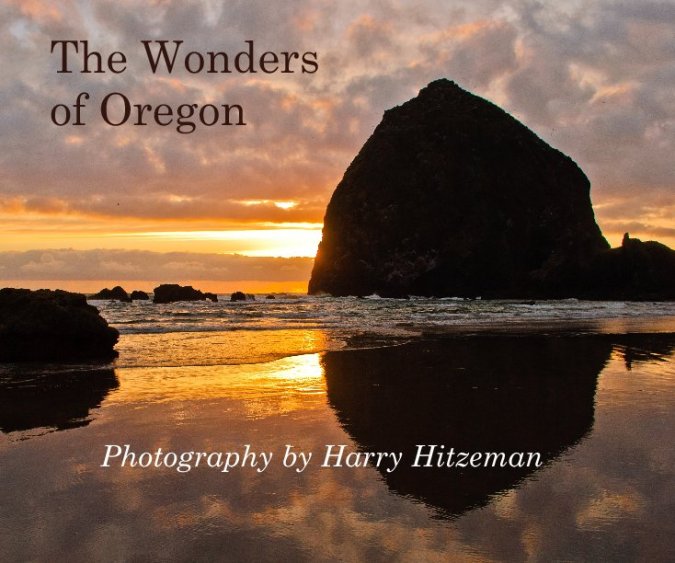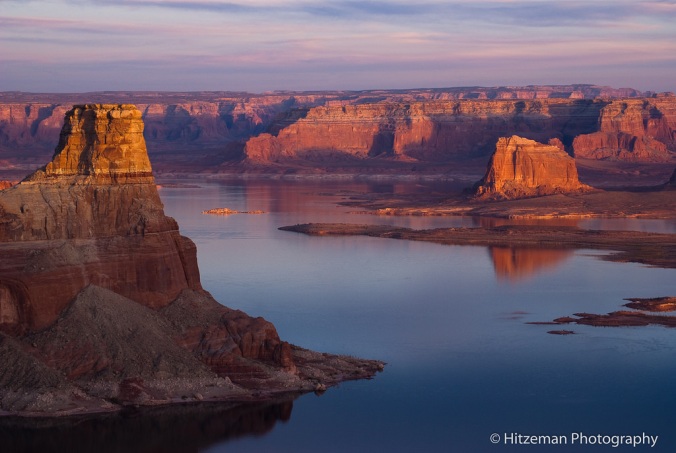
Lake Powell Sunset
I want to thank my followers, you are an important part of my life. Serving you, happily and regularly, is a pleasure for me because you nurture MY life.

Harry Hitzeman at Open Lens Exhibit, with his entry “Lake Powell Sunset”
My wife Marti told me three of her women friends who follow my blog were asking how it went for me at the “Open Lens” National Juried Exhibit at Gallery 7 in Joliet. (Why is it always women who are able to ask about these things? Wait — actually I’ve had two men and one woman ask me directly.)
What can I say? I was happy to be there, but more than that, I felt like I was a part of a tribe who was celebrating seeing and creating and having the desire to buy the camera and lenses and make travel plans to go to the place and pay the teacher and guide and set up the tripod and focus the camera and set the exposure and capture the image and develop it in the software and print it and frame it and bring it to the show. (Sorry for the long-windedness, this is always a danger when I talk about my feelings!)
So to my friends and family and other unknown audience of the world-wide web — it was GREAT! We had fancy hors d’oeuvres and wine and beer and pop and desserts. There were jazz guitarists. There were more awards. And my loving daughter Helena accompanied me, and even took a picture of me standing next to my art hanging on the wall and posted it on her Facebook page.
It was a thrill to take that picture of Lake Powell. It was a thrill to stand in that spot and watch the reddish light of sunset slowly trace its way across the silent rock and shimmering water. Nature’s quiet, slow, eternal fireworks display
And I am happy to let the world see it and experience some peace or joy or mystery or sense of beauty, depending on what they see inside themselves.
In Other News …
I have been shooting and/or developing my Chicago, Arizona, California, and Utah Galleries. This month I will be shooting Oregon waterfalls, lighthouses, seascapes, and sand dunes. Stay tuned for more Hitzeman Photography Gallery Premieres!!
And in Other, Other News …
This week’s BIG NEWS for Chicagoans! Congratulations and thanks to the 2010 Stanley Cup Champions, the Chicago Blackhawks, from this hard-working Lighthawk!

“Stanley Cup Vigil”, Chicago, (C) Harry Hitzeman

